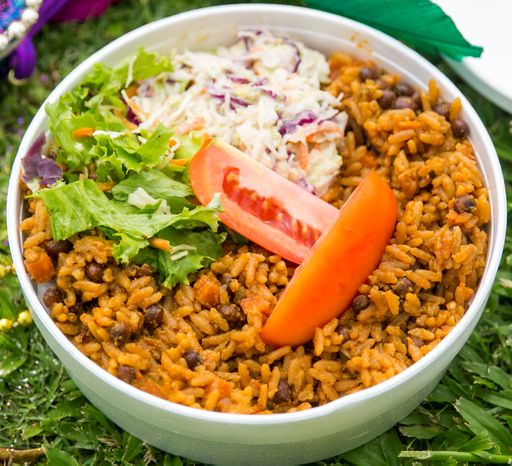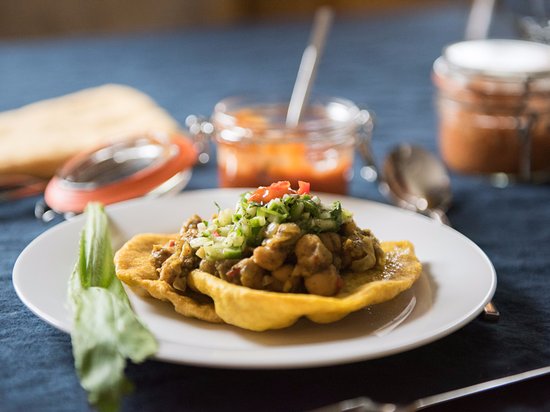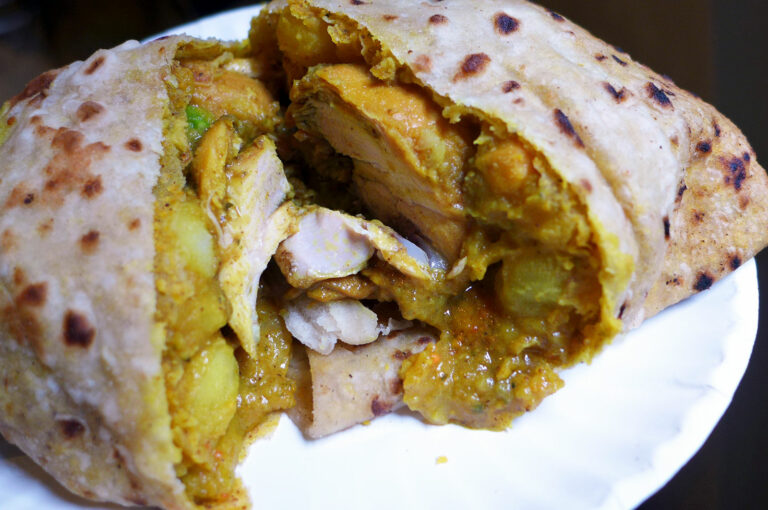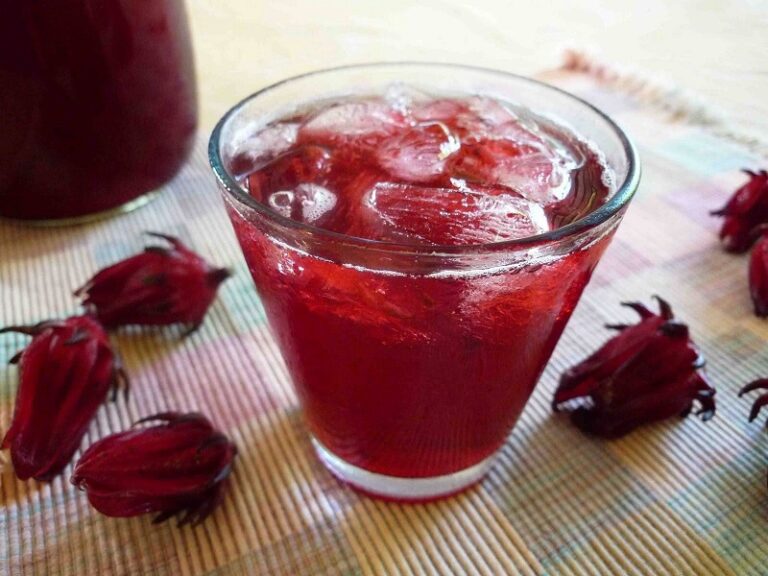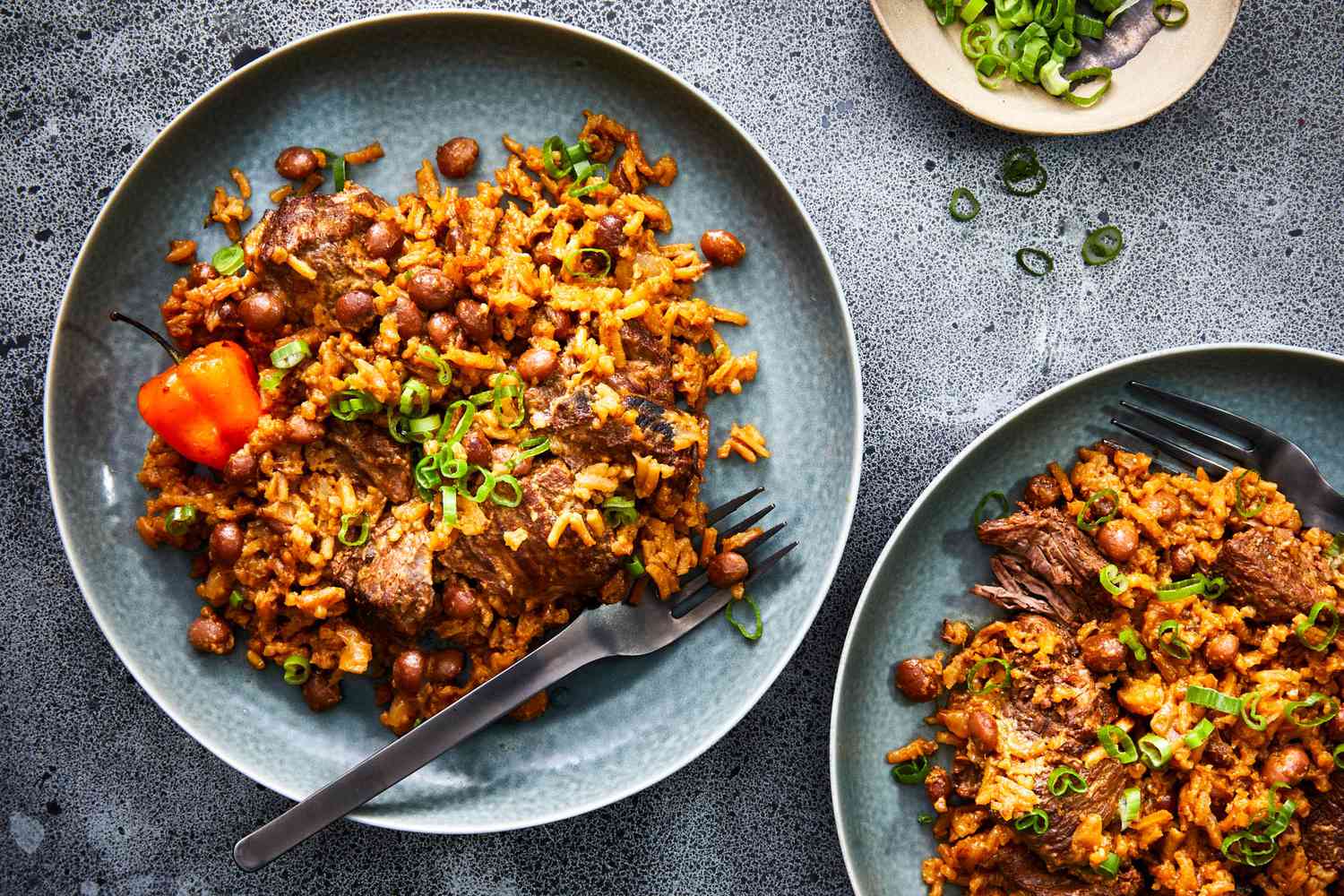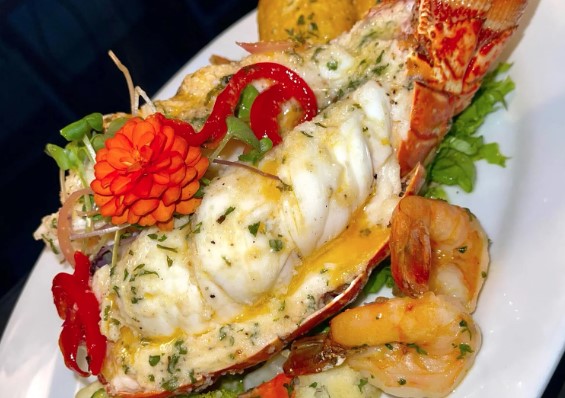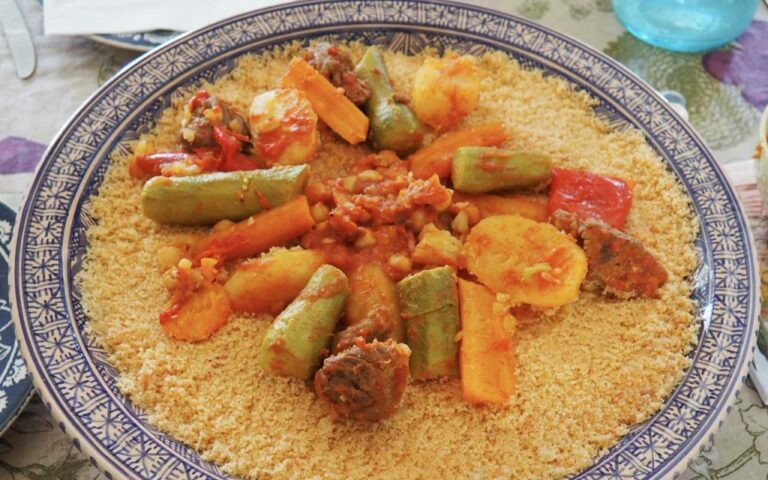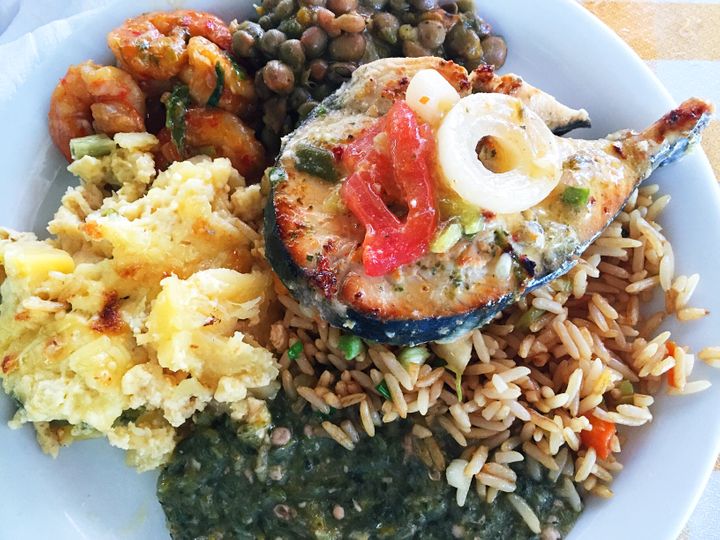Introduction: Trinidad and Tobago cuisine
Trinidad and Tobago cuisine is a fusion of African, Indian, Spanish, Chinese, and indigenous influences. Seasonings and spices play a crucial role in the country’s diverse cuisine. They are used not only for enhancing the flavor of the dishes but also for healing purposes and cultural significance.
The importance of seasonings and spices
Trinidad and Tobago cuisine is known for its bold and flavorful taste, which is achieved by using a variety of seasonings and spices. The ingredients are usually combined to create a unique blend, known as a “green seasoning,” which is used as a base for many dishes. These seasonings and spices are not only used to enhance the taste but also to provide medicinal benefits. For instance, turmeric is known for its anti-inflammatory properties, while ginger is used to treat indigestion and nausea.
Turmeric, the golden spice
Turmeric is a staple in Trinidad and Tobago cuisine. The root is dried and ground to create a bright yellow powder that is used to add color and flavor to many dishes. It is commonly used in curries, stews, and rice dishes. Turmeric is also known for its anti-inflammatory properties and is used to treat various ailments.
Cumin, coriander, and mustard seeds
Cumin, coriander, and mustard seeds are commonly used in Trinidad and Tobago cuisine. Cumin is used to add a warm and earthy flavor to dishes like stews and curries. Coriander is used in marinades, salads, and chutneys to add a citrusy and fresh flavor. Mustard seeds are used in pickles and chutneys to add a pungent and tangy taste.
The heat of Trinidad Scorpion pepper
The Trinidad Scorpion pepper is one of the hottest peppers in the world and is a common ingredient in Trinidad and Tobago cuisine. It is used to add heat and flavor to dishes like curries and hot sauces. The pepper is known for its extremely high Scoville rating, which measures the heat of a chili pepper.
The sweetness of cinnamon and nutmeg
Cinnamon and nutmeg are used in both sweet and savory dishes in Trinidad and Tobago cuisine. Cinnamon is used to add a warm and sweet flavor to desserts like sweet bread and cakes. Nutmeg is used to add a nutty and sweet flavor to dishes like rice pudding and soups.
In conclusion, seasonings and spices play a vital role in Trinidad and Tobago cuisine. The ingredients are used to add flavor, color, and medicinal properties to dishes. From the heat of the Trinidad Scorpion pepper to the sweetness of cinnamon and nutmeg, the cuisine offers a diverse range of flavors for food lovers to enjoy.

